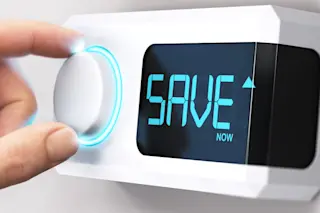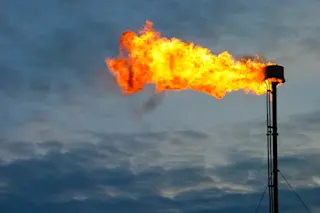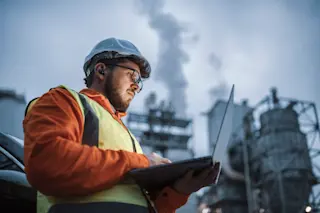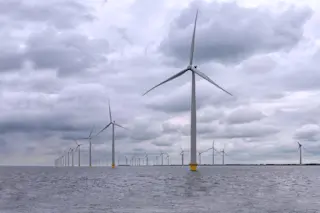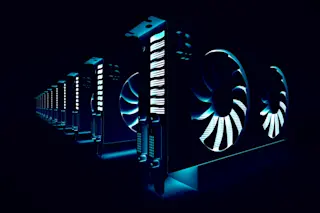The people of Samsø have seen the future, and it is a wood-burning stove. Six years ago, the 4,400 residents of this diminutive Danish island made an ambitious pledge that they would learn to give up fossil fuels by 2008. Now they have largely closed in on the goal, primarily by embracing smart updates of traditional ways to tap renewable energy sources—sun, wind, biological gases, and wood.
The stove in question is actually a huge, state-of-the-art furnace that pipes hot water to about 180 nearby houses in the coastal village of Nordby. Above it, a giant scoop hangs motionless over an empty chute, its opposing claws clenched shut, a bundle of wood chips in their grasp. On a silent cue from the machinery’s digital brain, the claws release, and the chips tumble down to sustain a fire burning at 1,600 degrees Fahrenheit. The fire heats water; the water heats the ...



